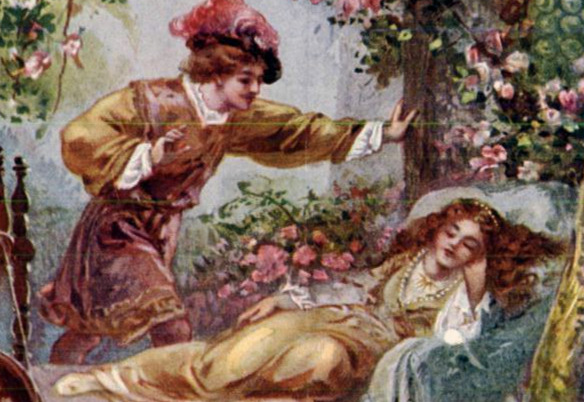Reading Lists
12 Unforgettable Forests in Literature
The forest as enchanted space, oasis from civilization, and expression of the mind.
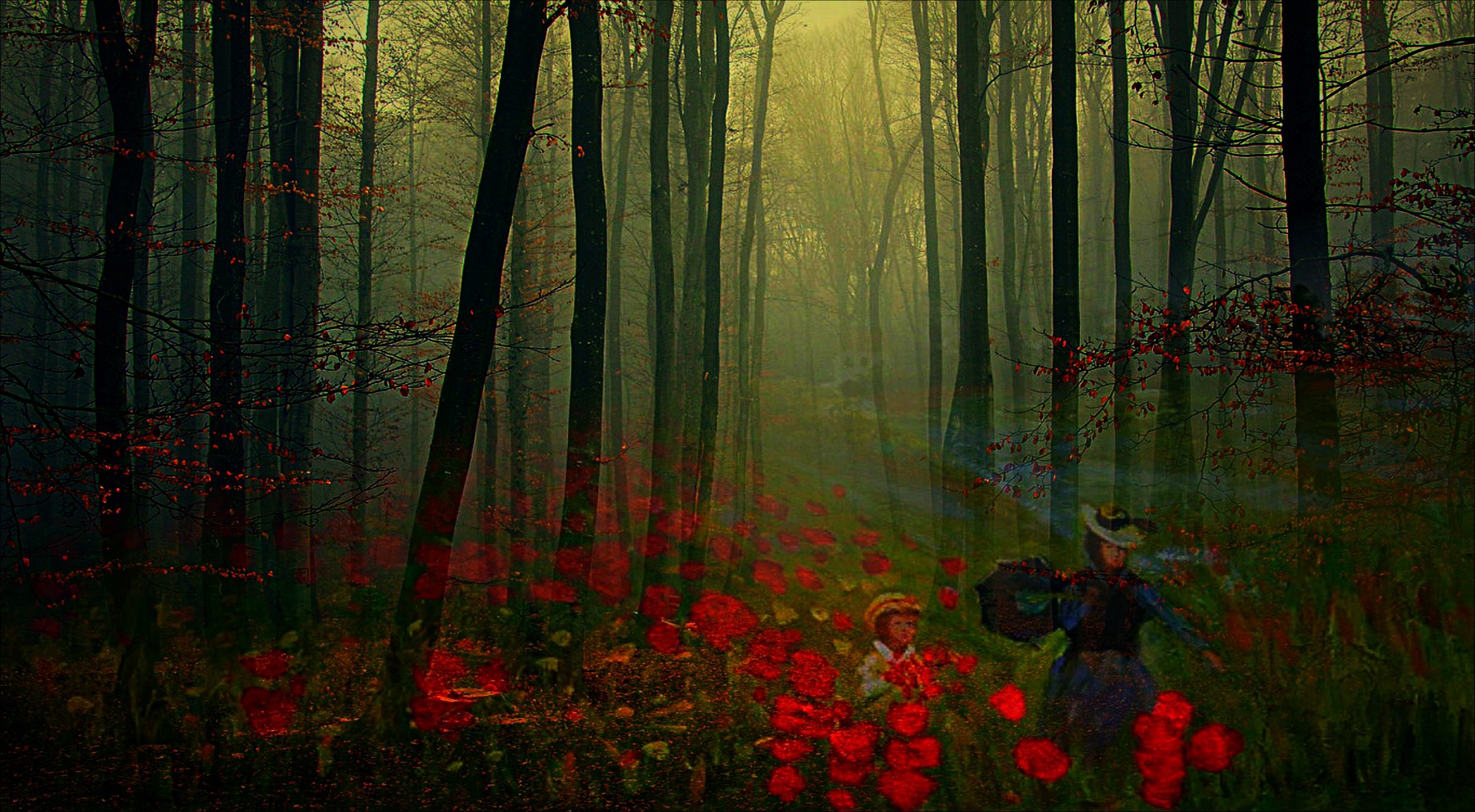
The idea of an enchanted forest is one of the oldest in storytelling. This wild space represents the shortcomings of man’s power, a place where anything can happen. Take the Sumerian Epic of Gilgamesh, where the heroes travel to the Cedar Forest to fight monsters, or Tolkien’s Mirkwood, derived from Norse mythology, considered so magical even the gods were wary of entering it.
We’re still inundated by enchanted forests. From our enduring fairy tales like Snow White to modern sagas like Harry Potter, the forest has become an essential stop on the hero’s journey, a place of danger and possibility and adventure. In these forests, characters don’t only lose their literal way, but often their metaphoric one as well. The trees bring out our primal side; Dante’s journey to hell begins in a shadowy forest, and after getting lost in the woods, the Emperor Jones is driven insane by his own memories.
Interestingly, as the earth’s forests continue to shrink, writers seem more and more likely to paint them as an oasis of freedom from the oppression of civilization. It’s in the woods that Sethe, in Toni Morrison’s Beloved, gives birth to her baby, and the woods are the only place where Hester doesn’t have to wear her scarlet A.
In honor of Arbor Day, here’s a look at 12 important forests in literature, from happily magical woodlands to the forests of the apocalypse.

Inferno by Dante Alighieri
Dante begins his epic journey (and his epic poem) in a selva oscura — a shadowy, dark wood. He is, in every sense of the word, lost. The Romans believed that the entrance to Hades was a forest (for more on that see: Virgil’s The Aneid), and so Dante prepares himself to push ahead into hell.
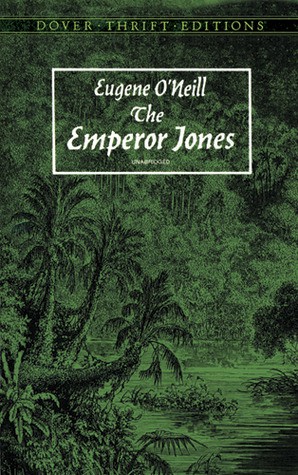
The Emperor Jones by Eugene O’Neill
Playwright Eugene O’Neill also used the forest, in this case a jungle (n.b: all jungles are forests but not all forests are jungles) to represent the fraught state of his protagonist’s mind in his play The Emperor Jones. Jones is an African-American man who escaped prison and fled to a backwards Caribbean island where he took advantage of the local population’s ignorance to crown himself emperor. Shortly into the first scene, Jones realizes that the locals have caught onto him, and he flees into the jungle. As he tries to find his way back out, the creeping landscape becomes a literal representation of his tortured mind and slowly drives him insane.
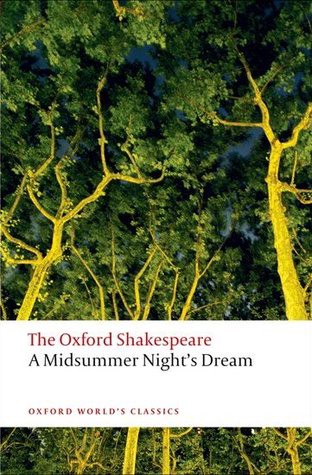
A Midsummer’s Night Dream by William Shakespeare
While in town for the wedding of Duke Theseus of Athens to the Amazon queen Hippolyta, four guests get lost in the woods. The impish fairy Puck and his equally mischievous master, the fairy king Oberon, take the opportunity to amuse themselves by bewitching the lost partiers (and some local amateur actors). The night becomes a series of crazy romantic mix-ups in the woods, including one kind of disturbing obsession with a donkey.

In the Woods by Tana French
Irish mystery writer Tana French takes the idea of the woods as a creepy, dangerous place to the next level by making it the scene of multiple child murders. These woods are outside the small town of Knocknaree, and there is something extra chilling about infusing such a banal, common setting, with such evil.

Death Comes to Pemberley by P.D. James
P.D. James’ mystery novel is a sort of postscript to Pride and Prejudice, specifically life at Pemberley six years after Lizzie Bennet married the grumpy yet lovable Mr. Darcy. The mystery begins when Lydia appears at the house in a totally frantic state, screaming that her husband Wickham is dead. He’s actually found alive in the woods, though he’s drunk and bloodied and his friend Captain Denny has been murdered nearby. James’ enjoyable homage to Austen (written when James was 91, no less) emphasizes the unknowable, untamed woods as the antithesis to the well-ordered, civilized bastion of Pemberley.

The Scarlet Letter by Nathaniel Hawthorne
For all of the danger that comes with being outside of civilization, the woods can also be a place of freedom. The Puritans were generally scared by the forest — not surprising, given their lack of flashlights. But for Hester, who is already a social outcast, the isolated woods provide a much-needed place of freedom. It’s there she meets Dimmesdale, the man who leads her down the primrose path to that scarlet A.

Beloved by Toni Morrison
In Morrison’s haunting novel about the devastation of slavery, the areas of ‘civilization’ fall far short of the name. That’s why, after escaping the plantation, Sethe flees through the woods. The forest gives her cover, and when she eventually drops of exhaustion, she’s found by a young white woman, a runaway indentured servant who nurses her back to health and helps her give birth to her daughter. The woods are a place where people can escape the brutal systems of so-called civilization, and get closer to their natural state of freedom.
11 of the Greatest Fictional Parties Ever

The Road by Cormac McCarthy
The post-apocalyptic world in McCarthy’s Pulitzer Prize-winning novel is filled many unsettling images of our self-destruction. One is the image of the smoky air, filled with soot from the raging forest fires set off by a bombing. The forest that’s left is both nurturing —for example, providing much needed mushrooms for food — and punishing, because we’ve lost the tools and structures once used to tame the elements.
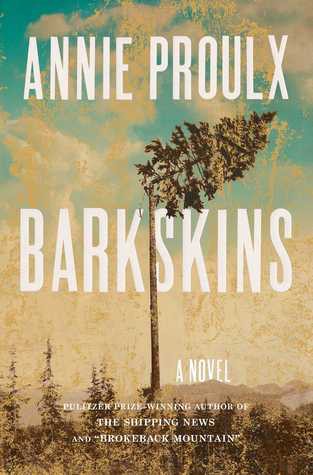
Barkskins by Annie Proulx
This novel by the Pulitzer Prize-winning author of The Shipping News, follows two families of loggers as its generations successively plunder and strip the forest for profit. The novel makes a strong case against denuding our earth and the longterm effects of climate change. As one character wonders: “If miles of forest could be removed so quickly by a few men with axes, was the forest then as vulnerable as beaver?” The answer, the book argues, is yes.
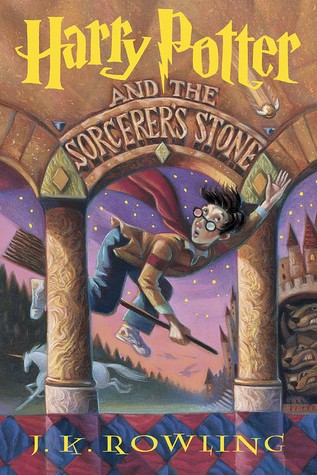
Harry Potter and the Sorcerer’s Stone by J.K. Rowling
One of the first things that students at Hogwarts are told is that the Forbidden Forest is off limits. Only the game keeper, Hagrid, is able to come and go freely among the magical beasts, even the centaurs and giant man-eating spiders. In typical Rowling fashion, there is a lesson here: Hagrid treats the creatures with respect and in return they leave him alone — a lesson we might try applying to Muggle forests.

The Cone Gatherers by Robin Jenkins
If you grew up in Scotland you’re likely familiar with this novel — it’s one of the most taught novels in Scottish secondary schools. In case it wasn’t on your reading list — the story follows two brothers, Calum and Neil, over the course of a week in 1943. They’ve been assigned to gather pine cones from the forest around a Scottish country house before it’s cut down down to aid the war effort. The book takes many looks at the theme of sacrifice, including the sacrifice of the forest — one of the last places not ruined by man and his war.

Winnie-the-Pooh by A.A. Milne
A calm, inviting British woodland is the setting for the adventures of Christopher Robin, Winnie-the-Pooh, and their friends. This perfectly safe yet adult-free zone includes such landmark spots as Owl’s house, The Pooh Trap for Heffalumps, and the Bee Tree. If there was a prize for the friendliest forest, it would definitely go to the Hundred Acre Wood.







